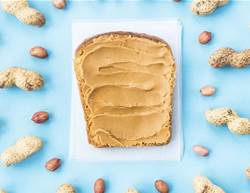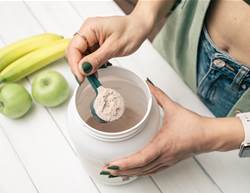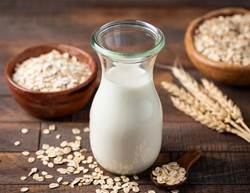There’s something about starting your day with an oat milk latte or a green juice that just feels virtuous. Or maybe a plant-based chicken sandwich for lunch or gluten-free pasta for dinner seems like a healthier choice than the meaty or wheaty version. Welcome to the land of health halos, a place where clever marketing and scientific-sounding nutrition claims intersect to make certain foods and drinks appear considerably better for you than they are.
Now, that’s not to say that all trends are nutritional hooey. “Some of these foods truly are healthy, but others work hard to convince you they’re healthy,” says dietitian Kristin Kirkpatrick. “The more health claims a product makes, the deeper you have to dig into the nutrition facts to confirm that it will work for you.” Of course, it’s a fine decision to eat whatever you like every now and then, it just may not be nutritionally superior to the alternative, or even close.
“The fact that something is gluten-free, plant-based, or high in a certain nutrient doesn’t mean it’s guaranteed to foster better health,” says Kirkpatrick. Take a closer look and you’ll find that many of the foods generating the biggest buzz are laced with hidden sugars, saturated fat and sodium, while others are surprisingly low in key nutrients.
Here are some common foods that have often unearned health halos.
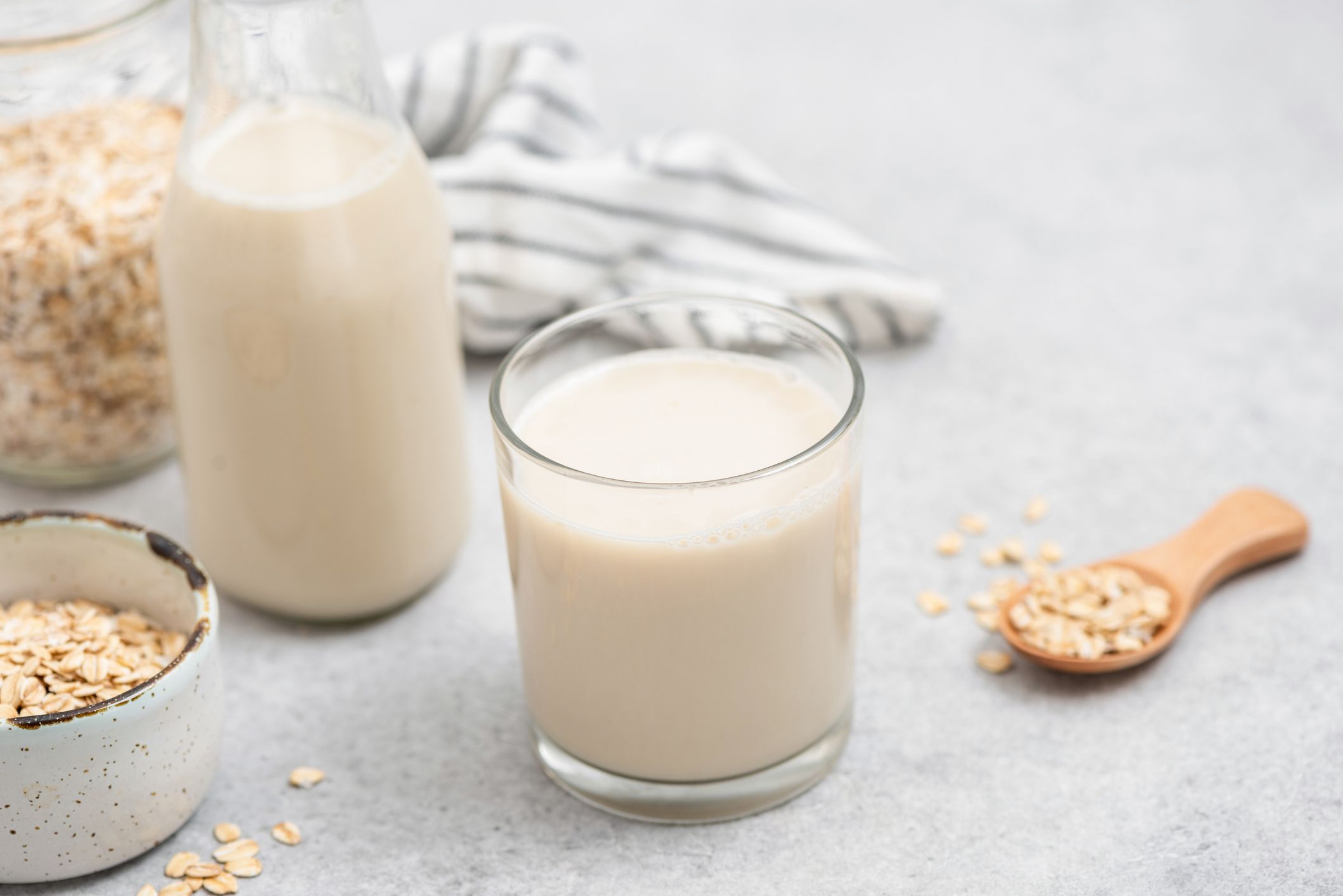
Oat milk
The hype: Beloved for a taste as creamy as cow’s milk even though it is made from plants, oat milk is suddenly everywhere. In 2018, US sales were $156 million, and from 2020 to 2028 they’re expected to increase by more than 15% per year.
The reality: “Yes, a plant-based diet is generally healthier for us and the planet, but not every plant-based food or drink is a healthy choice,” says dietitian Kenlyn Young. “And it’s not always better for you than the animal product it was designed to replace.”
Nutritionally speaking, oat milk can’t compare with cow’s milk or even soy milk. A recent study found that of 74 oat milk brands analysed, only 22 met the proposed American nutrition standards for plant-based milk alternatives. The weakest link was protein, with an average of 3g per cup in the brands tested, compared with 8g in cow’s milk and 7g in soy milk. To complicate matters, oat milk isn’t subject to the same fortification standards as are cow’s milk and soy milk, so the amounts of nutrients like calcium and vitamins A and D it contains can be all over the map.
A better choice: If you skip dairy because you’re vegan or lactose-intolerant, soy milk is a preferable option. Pea milk is a close runner-up but, like oat milk, it doesn’t provide complete protein as cow’s milk and soy milk do. However, if you truly prefer oat milk, be sure to pair it with other proteins. “For breakfast, try an oat latte with eggs and avocado,” says Young. “Or if you add oat milk to cereal, switch to a high-protein, high-fibre, low-sugar cereal.”
When shopping, look a calcium-fortified brand. To minimise added sugars, stick with plain unsweetened varieties.
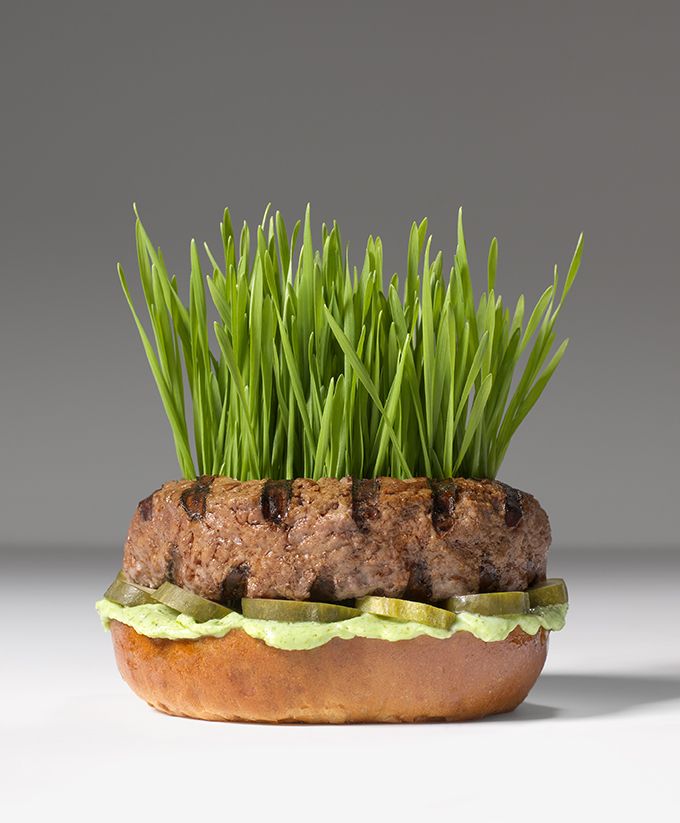
Plant-based meat
The hype: Research reveals that health is the number one reason people are turning away from meat: Study after study has shown that a plant-forward diet may prevent heart disease, type 2 diabetes, obesity and more, so it’s easy to assume that plant-based burgers and nuggets are a slam dunk.
The reality: Creating a juicy alternative that looks, tastes, and sizzles like meat requires a lot of ingredients as well as processing—and not all of that is good for you. “Unfortunately, nutrition profiles of these products can vary hugely,” says dietitian Jill Weisenberger.
Consider saturated fat, which can increase LDL cholesterol levels and increase the risk of heart disease. A lean-beef burger has about 6.5g of saturated fat per serving (one patty) and a Beyond Burger contains around 5mg and an Impossible Burger delivers 5.9g per serving. Then there’s sodium, which can be around 370mg per serving in both the plant-based burger and the lean beef patty. Of course that depends on brands - one Australian brand of plant-based burgers had a whopping 570mg of salt per serving!
It doesn’t help that research on the topic operates a bit like the Wild West. Recently, two separate American Journal of Clinical Nutrition studies published conflicting conclusions regarding the impact of plant-based meat on artery-clogging LDL cholesterol. After asking volunteers to consume two or more daily servings of plant-based meat for eight weeks, one study reported that participants lowered their LDL while the other found no significant effect on LDL.
A better choice: “Make no assumptions until you’ve examined the food label carefully,” says Weisenberger. Some plant-based meats rely on palm oil or coconut oil, while others have swapped out coconut oil for monounsaturated-fat-rich avocado oil and added red lentils and fava beans to boost protein and fibre. Note that any burger can be downgraded if you load it with fatty toppings. “Keep it healthy by adding tons of veggies,” says Weisenberger. If you like cheese, limit it to one slice, or try sliced avocado or salsa for added flavour.

Green juices
The hype: To get your five fruits and veggies a day, what’s easier than drinking down a green beverage from a bottle or a juice bar?
The reality: Don’t let the eco-friendly vibe fool you: “In the food world, green is associated with health benefits such as phytochemicals and nutrient density,” says Kirkpatrick. But many of these drinks are loaded with sugar from juice and fruit purees for flavor. Even juice’s natural sugars can be problematic because there’s no fibre to slow their release into the bloodstream, she adds. The result: a sugar rush that delivers a quick energy spike followed by an inevitable crash.
A better choice: “If you love juice, enjoy it in small amounts, but don’t replace whole fruits and veggies with juiced versions,” says Kirkpatrick. Aim to get about 80% to 90% of your produce from whole fruits and vegetables and 10% to 20% from juice, she suggests. And while fresh juice may seem like a better pick than prepackaged, know that juice-bar offerings may be equally sugary. The workaround: look for juices that have veggies like spinach, kale, parsley, cucumber and celery at the beginning of their ingredient lists and one or two fruits at the end (extra points for lemon juice, which has less sugar than most fruit juices).

Gluten-free foods
The hype: Cutting out gluten—the protein in rye, wheat, and barley—can lead to numerous health benefits, including clearing up your complexion, helping you lose weight and improving your sleep.
The reality: Eliminating gluten is serious business for people with Coeliac disease or a true gluten intolerance. But if you’re one of the 20% of healthy people avoiding gluten in hopes of gaining the supposed benefits, you might want to reconsider. Ironically, many gluten-free packaged products have fewer nutrients than the foods they were created to replace.
Take gluten-free bread and pasta: they’re rarely fortified with the iron and B vitamins you need to stay energised and focused, so eating them regularly can easily backfire. And if weight loss is a motivator for you, think again. “When a food has a healthy-sounding label like ‘gluten-free,’ it can seem like we have permission to overeat it,” says Young. “But a brownie is a brownie, regardless of its gluten content.” Many gluten-free foods actually have more fat and kilojoules and less filling fibre than the gluten-containing original versions.
A better choice: If you want to cut back on gluten, don’t waste money on nutritionally inferior packaged gluten-free foods; loads of naturally gluten-free foods will provide plenty of nutrients. Think whole grains like quinoa, brown rice, sorghum, millet and amaranth for B vitamins and fibre or a pulse-based lentil, black bean or chickpea pasta. And while white bread and pasta have gotten a bad reputation, they’re fortified with iron, which makes them a stealth source for people who don’t eat meat. If you’re gluten-free and also vegetarian or vegan, ask your doctor if an iron supplement is right for you.
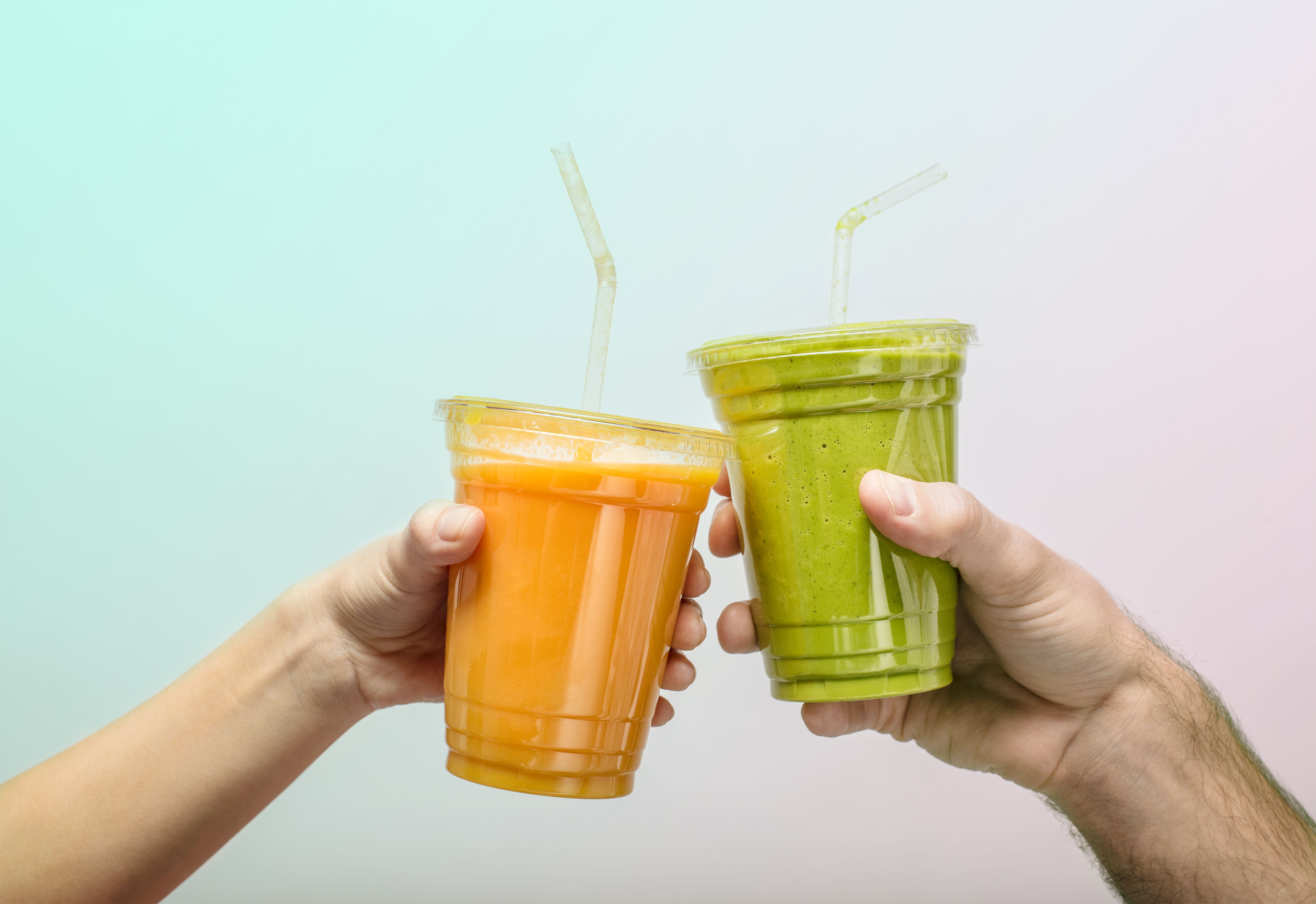
Smoothies
The hype: They have the same rich, frosty texture as milkshakes but are much healthier for you and make a satisfying on-the-go breakfast.
The reality: “In their best forms, smoothies made with wholesome ingredients like milk, yoghurt and fresh or frozen produce are very nutritious,” says Weisenberger.
“Unfortunately, smoothies from mixes, bottles and many smoothie shops can contain added sugars and saturated fats, so they’re more like dessert than a wholesome breakfast or snack.” Then there are iced fruit drinks that call themselves smoothies but are really just blended frozen juice. Even smoothies made with healthy ingredients may not keep you full for long, since drinking isn’t nearly as satisfying as chewing, explains Weisenberger. So although your smoothie contains slow-to-digest avocados or nut butter, you might end up looking for a snack considerably sooner than you would have if you’d eaten a slice of avocado toast or a banana with peanut butter.
A better choice: A smoothie is only as good as its ingredients. Steer clear of ones with sorbet, frozen yoghurt, chocolate, and juice (especially as the first ingredient). Focus on whole-food ingredients like dairy, fruits, vegetables, nut butters, chia seeds and flaxseeds. For a smoothie that will keep you full and nourished, Weisenberger recommends tailoring the ingredients based on whether it’s a meal or a snack.
“If it’s for breakfast, be sure it contains a hefty dose of protein from yoghurt, cottage cheese, silken tofu or plain protein powder for satiety,” she says. “It should also contain fibre from fruits, vegetables or a whole grain such as oats or quinoa.” A snack-time smoothie can be a great way to work in food groups you might miss at other meals. If lunch is a turkey sandwich, whip up a fibre-heavy smoothie of yoghurt, mandarin orange segments, pineapple chunks, carrots, chia seeds and a dash of vanilla extract, she says.
Try these healthy smoothie recipes:






